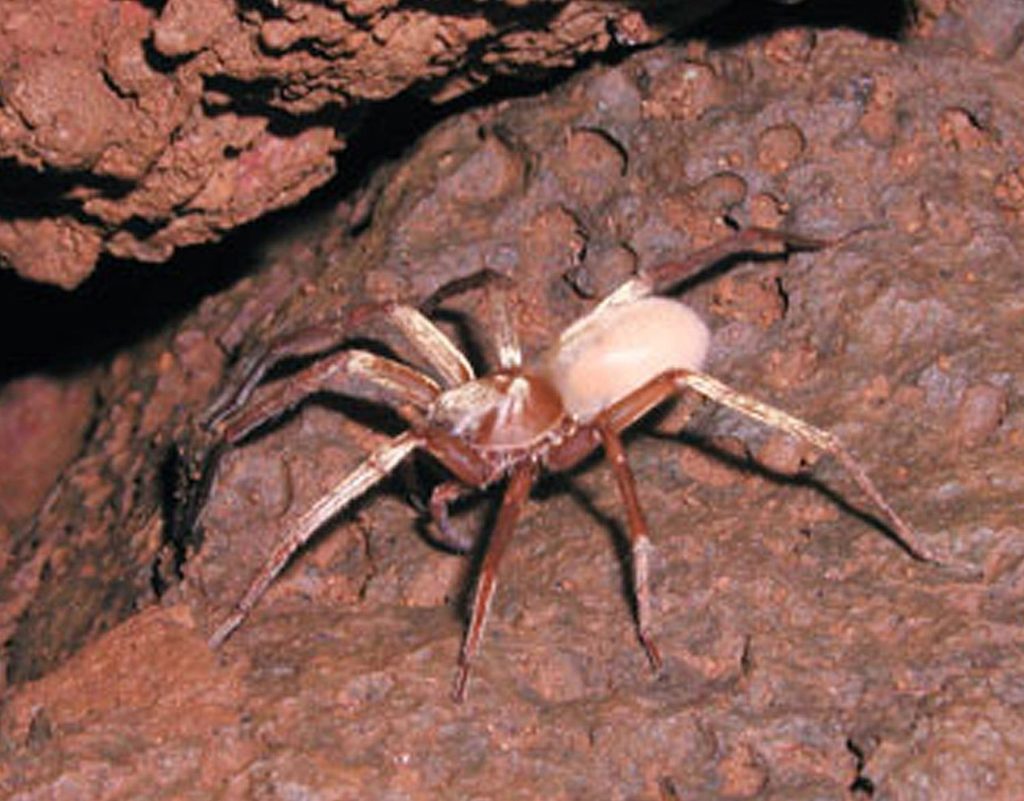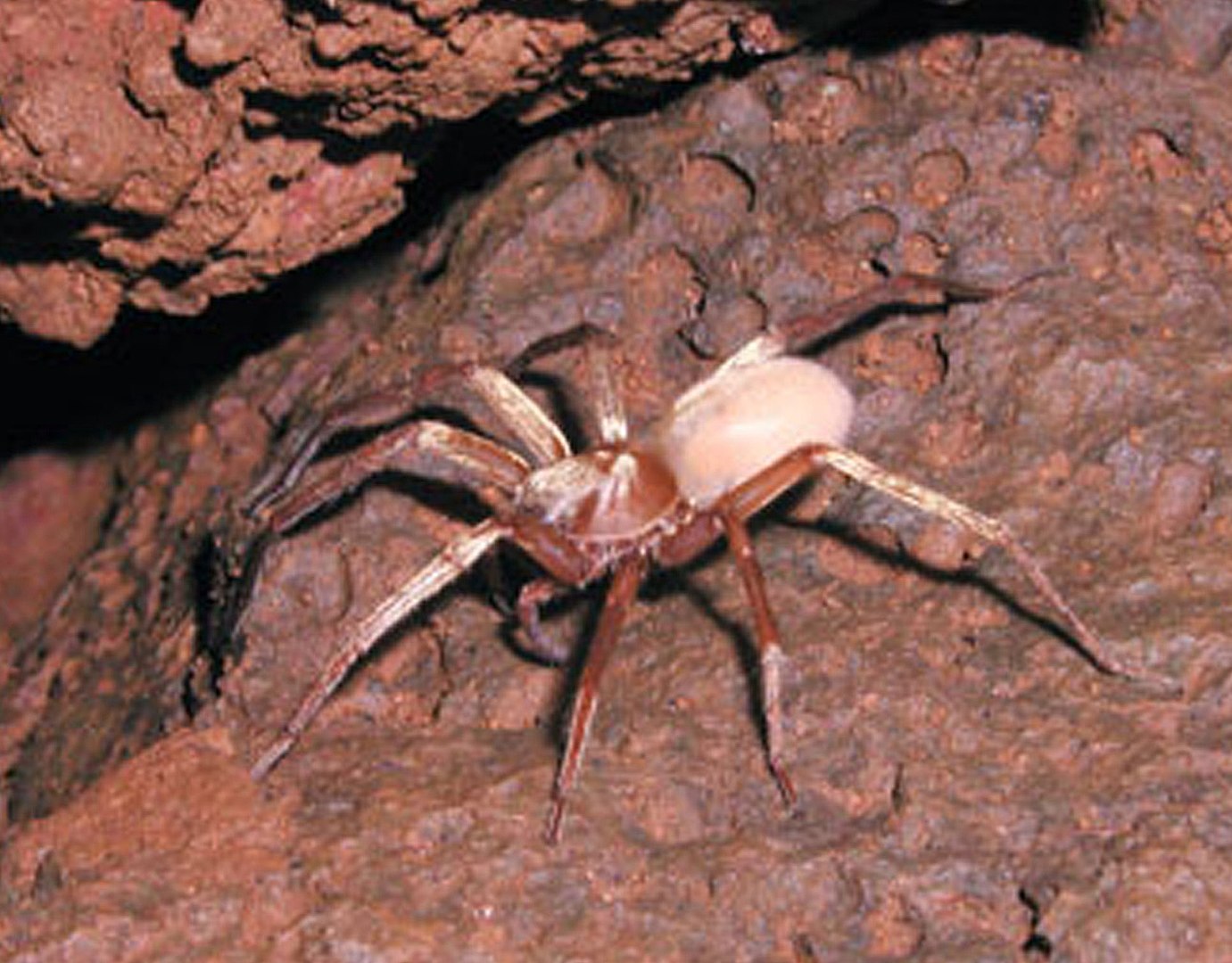NEW & NOTEWORTHY
ʻĀina Leʻa Update: On October 7, 3rd Circuit Judge Wendy DeWeese approved the sale of roughly 38 acres of land in the Big Island district of South Kohala to Romspen Investment, one of the several creditors of ʻĀina Leʻa, Inc. Romspen made a credit bid of $13 million at the foreclosure auction of the property that was held in August.
In court, attorneys for Romspen indicated that the company may yet file an additional claim against ʻĀina Leʻa, seeking what is known as a deficiency judgment. That sort of claim is made when the property acquired in foreclosure is insufficient to satisfy the total debt owed to the creditor. In this case, Romspen had claimed in previous court filings that it was owed around $18 million.
The property Romspen has acquired is the parcel that ʻĀina Leʻa had begun to build the townhomes that were intended to satisfy the affordable housing requirements associated with the larger 1,000-plus acre development the company had proposed.
Exactly what the change in ownership means for the overall development is unclear at this time. A source with the Hawaiʻi County Planning Department said that the department had not heard from anyone with ʻĀina Leʻa in some months.
Koloa Case: On November 29, Judge Kathleen Watanabe will hear a motion by E Ola Kakou Hawaiʻi and Friends of Mahaʻulepu for a preliminary injunction to halt construction of a luxury condo project in Koloa that they believe to be home to endangered spiders and amphipods.

CREDIT: GORDON SMITH – US FISH & WILDLIFE SERVICE
That biologist, Steve Montgomery, conceded in a May 2022 assessment of the property that “when it comes to something that cannot be measured very objectively, such as the presence or absence in dense pahoehoe of mesocaverns with adequate organic matter and water to support endemic invertebrates, we have sparse data as discussed in this report.”
Even so, given his personal exploration of caves surrounding the property, efforts of other scientists to discern caves on the property, and reading reports on the geology of the area, among other things, he concluded “with extremely high probability, caverns and mesocavern habitats sustaining a food web with resident Crustacea or arachnid do not occur on this Kauanoe parcel.”
They have argued that the biologist hired by the developer incorrectly determined that those cave-dwelling species were not likely present since there was no source of moisture. They argue that a geotechnical report upon which the biologist relied warned of caves on the property and also found artesian springwater in five of the holes bored there.
The motion was to be heard last month, but was pushed back, pending a hearing on a motion filed by the plaintiff to disqualify the law firm McCorriston Miller Mukai MacKinnon as counsel for the developers.
Late last month, Watanabe denied that motion.
A Correction: In our October roundup covering recent decisions by the Commission on Water Resource Management, we incorrectly stated that water reservations for the Department of Hawaiian Home Lands are a public trust use. They are not. Rather, they are a public trust purpose.


Margaret Wille
For practical purposes what is the difference between a “public trust use” and a “public trust purpose”?
Teresa
According to written testimony from Eartjustice given to the Water Commission earlier this year, a public trust use has a different level of protection under the Hawai‘i Constitution than a public trust purpose. Beyond that, I don’t know.